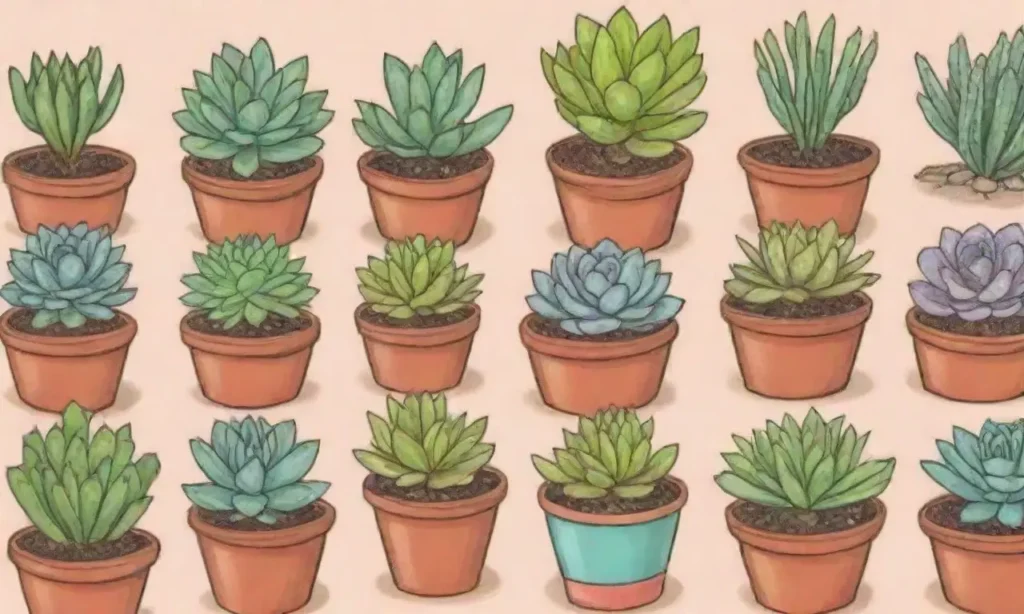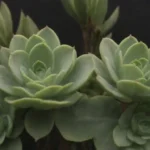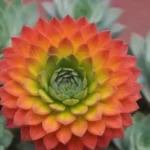Identifying Common Pest Problems Affecting Succulent Plants

Introduction
Succulent plants have rapidly gained popularity among gardeners and plant enthusiasts due to their fascinating shapes, vibrant colors, and resilience in various environments. These drought-resistant plants have adapted to survive in arid conditions, making them a perfect choice for busy individuals or those who may not possess a green thumb. However, despite their hardiness, succulents are not immune to pest problems that can threaten their health and aesthetics. Understanding these potential pest issues is vital for maintaining the vigor and beauty of your succulent collection.
This article aims to explore the most common pest problems affecting succulent plants, providing insight into how to identify these pests and the best practices for mitigating their effects. By equipping yourself with knowledge about these challenges, you can ensure that your succulents remain healthy and thriving, enhancing your indoor or outdoor space with their beauty.
Common Pest Problems Affecting Succulent Plants
1. Mealybugs
Mealybugs are among the most notorious pests affecting succulent plants, and they can be a real headache for any plant owner. These tiny, wingless insects, covered in a white, fuzzy wax, typically congregate at the leaf axils or the base of the plant. Their soft bodies make them easy targets for control measures, but their ability to reproduce quickly can lead to significant infestations if not addressed promptly.
Mealybugs are known to siphon the sap from succulents, which can lead to a variety of symptoms. Affected plants may exhibit yellowing leaves, stunted growth, and in severe cases, a decline in overall health. Furthermore, mealybugs excrete a sticky substance called honeydew, which fosters the growth of sooty mold. This mold not only compromises the aesthetic appeal but can also obstruct photosynthesis, further hindering plant health.
To identify and treat mealybug infestations, it is essential to perform regular inspections of your succulents, especially in hidden areas. If you spot mealybugs, you can use a cotton swab dipped in rubbing alcohol to dab the pests directly, effectively killing them. Alternatively, insecticidal soap or neem oil can be applied to the entire plant as a preventive measure.
2. Aphids
Aphids are another common pest that targets succulent plants, characterized by their small size and pear-shaped bodies. They can be green, black, or even pink, with some species being nearly invisible to the naked eye. Like mealybugs, aphids feed by extracting sap, but they often target the tender new growth of plants. Infestations can occur very quickly, especially in warmer temperatures, as these insects reproduce at an astonishing rate.
The presence of aphids can lead to several symptoms in your succulents. You might notice curling leaves, wilting, and distortion of growth as the sap-sucking takes its toll on the plant's overall health. Similar to mealybugs, aphids also secrete honeydew, which can attract ants, leading to even further problems in your garden or indoor space.
 Signs of Overwatering: Identifying Issues in Succulent Care
Signs of Overwatering: Identifying Issues in Succulent CareTo combat aphids, one effective method is to introduce beneficial insects like ladybugs or lacewings, which are natural predators of aphids. Additionally, strong sprays of water can dislodge them from the plants. For severe infestations, commercial insecticides or homemade solutions that contain neem oil or a mixture of dish soap and water can also prove effective.
3. Spider Mites
Spider mites are incredibly small arthropods that can wreak havoc on succulent plants, particularly in arid conditions where humidity is low. These pests are often undetected until they cause significant damage, typically appearing as tiny specks that can be difficult to see with the naked eye. When examining your plants, look for fine webbing between leaves and on stems, which can be a telltale sign of spider mite infestations.
Affected succulents may display symptoms such as speckled leaves or fine yellow stippling, resulting from the mites feeding on the plant's tissue. In serious situations, entire leaves may drop off, and the plant may become severely weakened. The most critical aspect of dealing with spider mites is to reduce their population before they cause irreversible damage.
Prevention begins with regular monitoring, ensuring your plants are kept in moderately humid environments, as spider mites thrive in dry conditions. If a mite infestation occurs, consider hosing off your plants or using insecticidal soap specifically designed to target arachnids. Regularly rinsing your plants can help keep spider mites at bay, preventing future outbreaks.
Conclusion
Maintaining the health and beauty of your succulent plants can be a rewarding endeavor, but the presence of pests can turn your enjoyment into a struggle if left unchecked. By familiarizing yourself with common pest problems such as mealybugs, aphids, and spider mites, you empower yourself to take proactive measures against these unwanted invaders.
Regular inspection and prompt action are key to keeping your succulents thriving. Combine careful monitoring with the use of organic pest control methods, and you will create an environment that favors healthy growth and wards off pests. Encouraging beneficial insects, maintaining proper hydration, and organic treatment options are all integrative practices that will keep your plant collection scenic and robust.
In addition to recognizing the pest problems that may affect your succulents, it is equally essential to take an holistic approach to plant care. Incorporating good soil drainage, adequate sunlight, and optimal watering practices will ensure that your succulents remain vibrant and resistant to infestations. Implementing these practices can help create a flourishing environment for your succulents, turning potential challenges into opportunities for successful plant care.
 Treating Sunburned Succulents: Recovery Tips and Tricks
Treating Sunburned Succulents: Recovery Tips and TricksWith the knowledge you've gained about identifying common pest problems, you can enjoy your succulent collection to its fullest. Remember, the key to successful gardening lies in persistence, patience, and the willingness to learn. Happy gardening!
If you want to read more articles similar to Identifying Common Pest Problems Affecting Succulent Plants, you can visit the Common diseases category.
